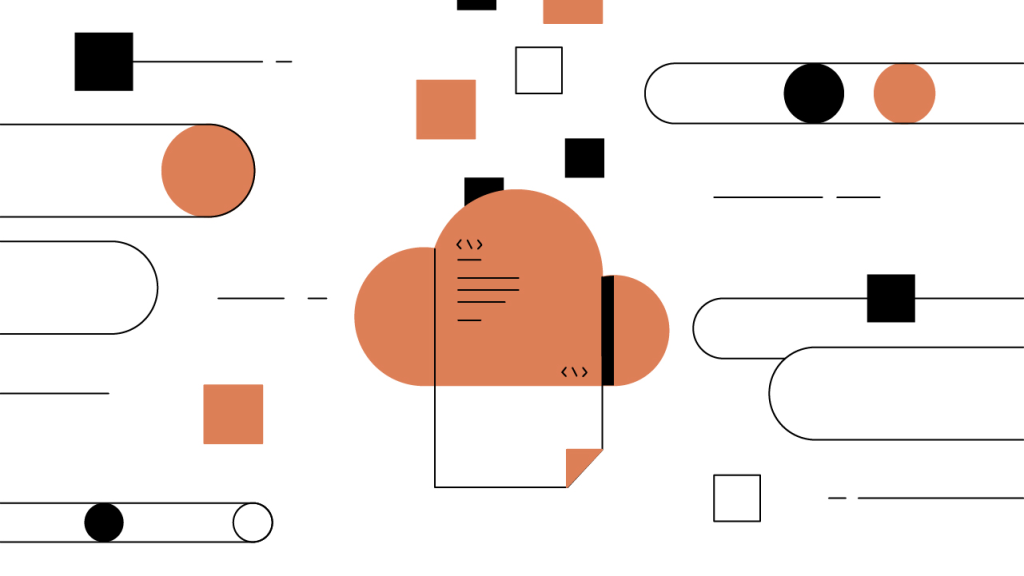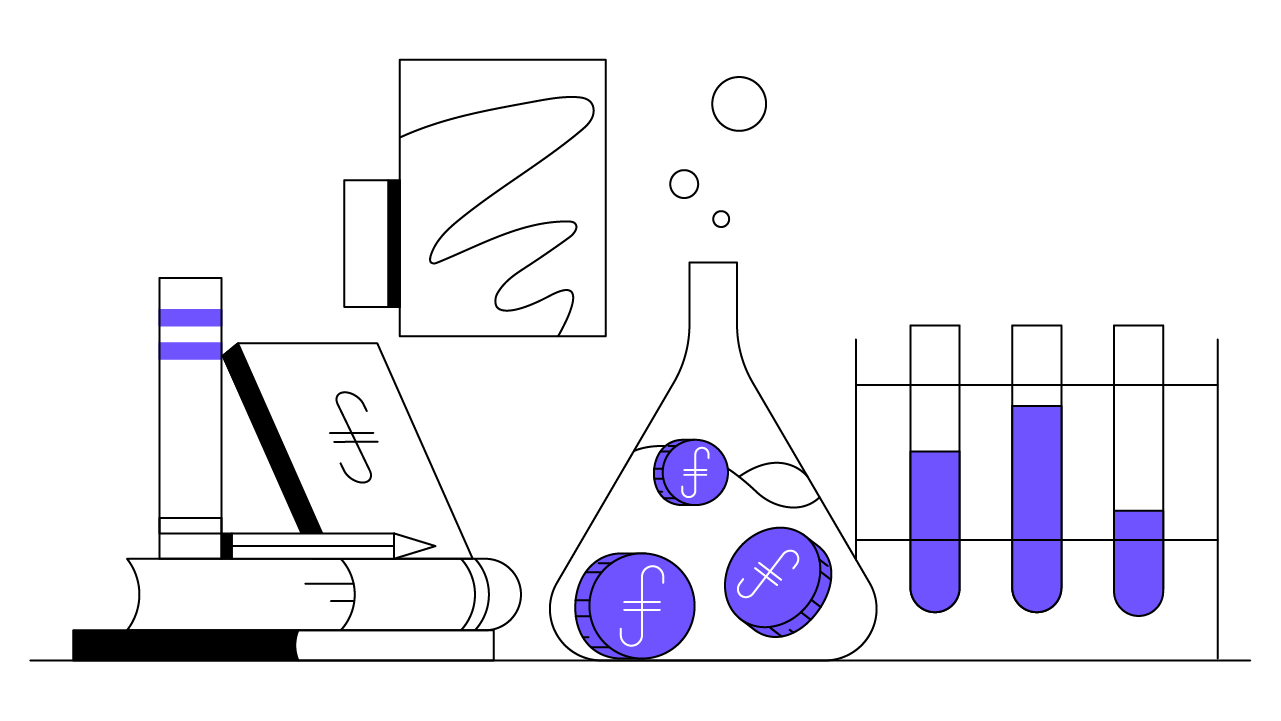Contents
Storj (STORJ): The Tokenomics of Decentralized Storage
Individual, or enterprise, anyone with extra storage space can monetize it by participating in the Storj decentralized cloud storage network.
Updated October 5, 2023 • 4 min read

Summary
Storj distributes the storage of digital data across a global network, as opposed to siloed in centralized repositories. What makes decentralized storage solutions like Storj function effectively is a matter of tokenomics, which refers to the specificities of a token-based economy within a blockchain-based platform. Key to its structure is an intertwined system of incentives that lowers costs for users, compensates storage nodes, and aligns all actors in its ecosystem.
Digital Storage and Storj’s Decentralized Cloud Storage
Digital storage was, until recently, limited to physical hardware. Then came the advent of cloud storage through centralized providers. Compared to physical hardware, cloud storage tends to be cheaper, more scalable, and more readily accessible across multiple geographic regions. However, the proliferation of blockchain technology and decentralized networks has introduced a whole new methodology for digital storage: decentralized cloud storage.
Decentralized storage options like Storj distribute the storage of digital data across networks as opposed to data being siloed in centralized repositories. Storj takes advantage of latent storage and under-utilized network capacity by incentivizing users from all over the world to contribute spare storage space to companies or users who demand ultra secure and private storage. This decentralized architecture delivers inherently better security, privacy, and economics than centralized cloud storage options. Decentralized data can’t be censored or monitored, and problematic instances of network downtime are made effectively impossible since there is no central point of failure.
What makes decentralized storage solutions like Storj function effectively is a matter of tokenomics, which refers to the specificities of a token-based economy within a blockchain-based platform. For a general overview of Storj and how it works, we recommend our introductory article on the topic. Here, we’ll discuss the tokenomics and incentive structure of Storj.
Storj Incentives for Nodes, Users, and Satellites
Storj builds its decentralized storage infrastructure atop a model that uses the STORJ token as an exchange of value across its network of users, storage providers, and open-source growth partners simultaneously. STORJ tokens are built on Ethereum using the ERC-20 token standard and can be stored in any ERC-20-compatible crypto wallet.
Running a Storj Node is, essentially, hosting encrypted, partial segments of someone else’s data — and getting compensated for it. Becoming a node operator requires having available data storage and internet bandwidth. A node itself can be run by a corporate entity, a small and/or mid-sized business (SMB), or an individual seeking to monetize excess data capacity using a home computer. Onboarding to the platform is simple: Once you download the software, you are ready to start monetizing disk space.
Storj helps generate passive income by connecting this excess capacity with paying customers of cloud object storage. In order to satisfy the needs of node operators, Storj introduces market forces to an open storage economy that serves to keep storage supply up while facilitating demand. Nodes must be fairly compensated for the service they are providing to have a sustainable revenue model. For users, Storj’s Decentralized Cloud Storage (DCS) delivers cloud object storage that is more private, secure, and economical than centralized cloud storage alternatives.
Satellites are operators on the Storj crypto network that organize the encrypted metadata of distributed file segments, audit nodes to make sure they are acting honestly, and ensure that honest nodes are paid for their services while dishonest ones are banned or financially disincentivized. These Satellites are also responsible for data deletion, retrieval, and repair. By maintaining trust in the nodes, securing the network, and safeguarding the data, they are monetarily incentivized to prevent file loss and promote nodes’ long-term storage of data.
Storj Growth Incentives and Accessibility
Storj also features built-in growth incentives. Storj has a partner program that encourages third-party application developers (especially open source projects) to integrate their products with Storj DCS to store application data. As customers of these apps use Storj DCS to store their application data, the partner earns a percentage of the revenue generated. The customers storing data through the app get less expensive storage space with increased security and privacy. This win-win scenario is an example of the incentive alignment mechanisms that undergird the entire Storj crypto platform.
Storj is also making the transition from traditional storage to decentralized storage very easy for storage clients and providers. Nodes can run the Storj software client on Mac, Windows, or Linux operating systems, so those interested in becoming a node operator can do so with their existing computing equipment. For those looking to take advantage of the security, privacy, and economic advantages of decentralized storage, Storj DCS is backwards compatible with Amazon Simple Storage Service (S3), enabling a fairly seamless switchover.
Furthermore, Storj is payment agnostic. While many smart contracts for storage are quoted in U.S. dollars, payments within the network can also be quoted in STORJ tokens. However, storage nodes are only paid in STORJ tokens, which are typically paid out to match a U.S. dollar amount pegged to current market prices. From there, the STORJ token can be sold for a fiat currency, held for later use, or traded for another cryptocurrency.
Storj may allow for market forces to optimize for price and performance beyond the capabilities of even the largest single centralized provider. Storj DCS allows only you — and those you designate — to upload, store, share, transfer, and delete files in a private, secure and economical way. Conversely, if you have excess storage space, you can monetize it with very little time and effort and no up-front costs by becoming a Storj Node.
Storj’s remarkable development thus far shows that decentralized cloud object storage delivers inherent security, privacy, and cost efficiency benefits beyond those that are offered by traditional centralized cloud storage providers. Key to its structure is an intertwined system of incentives that lowers costs for users, compensates storage nodes, and aligns all actors in its ecosystem with benefits that are on par with — or greater than — today’s centralized storage giant incumbents.
Cryptopedia does not guarantee the reliability of the Site content and shall not be held liable for any errors, omissions, or inaccuracies. The opinions and views expressed in any Cryptopedia article are solely those of the author(s) and do not reflect the opinions of Gemini or its management. The information provided on the Site is for informational purposes only, and it does not constitute an endorsement of any of the products and services discussed or investment, financial, or trading advice. A qualified professional should be consulted prior to making financial decisions. Please visit our Cryptopedia Site Policy to learn more.

Is this article helpful?


